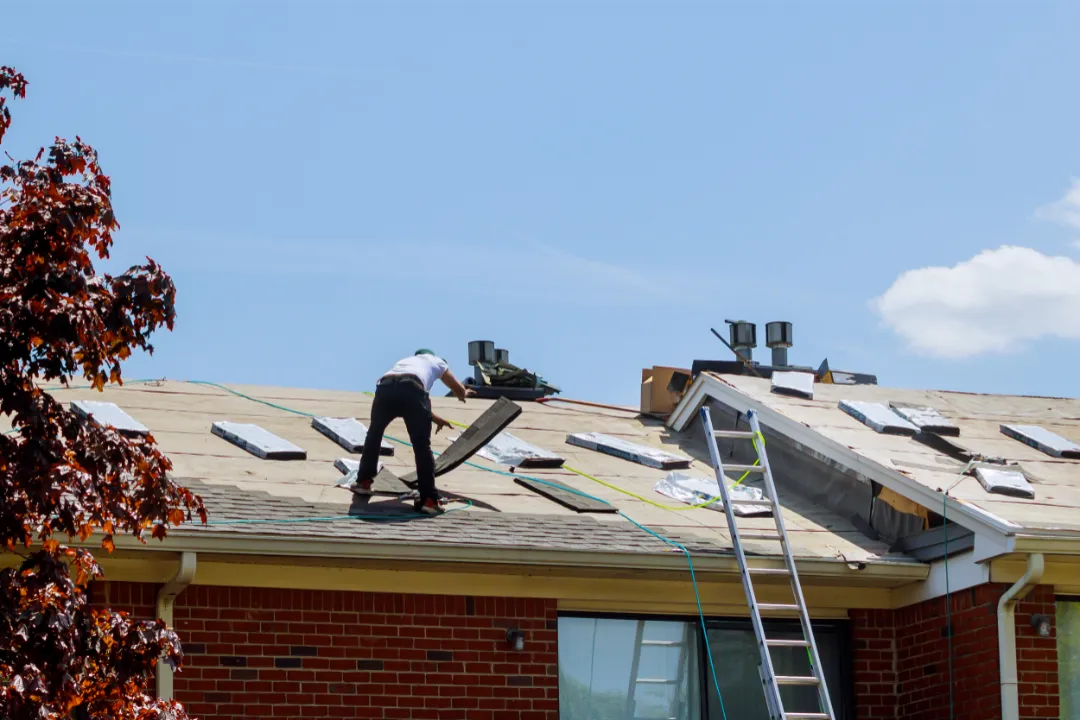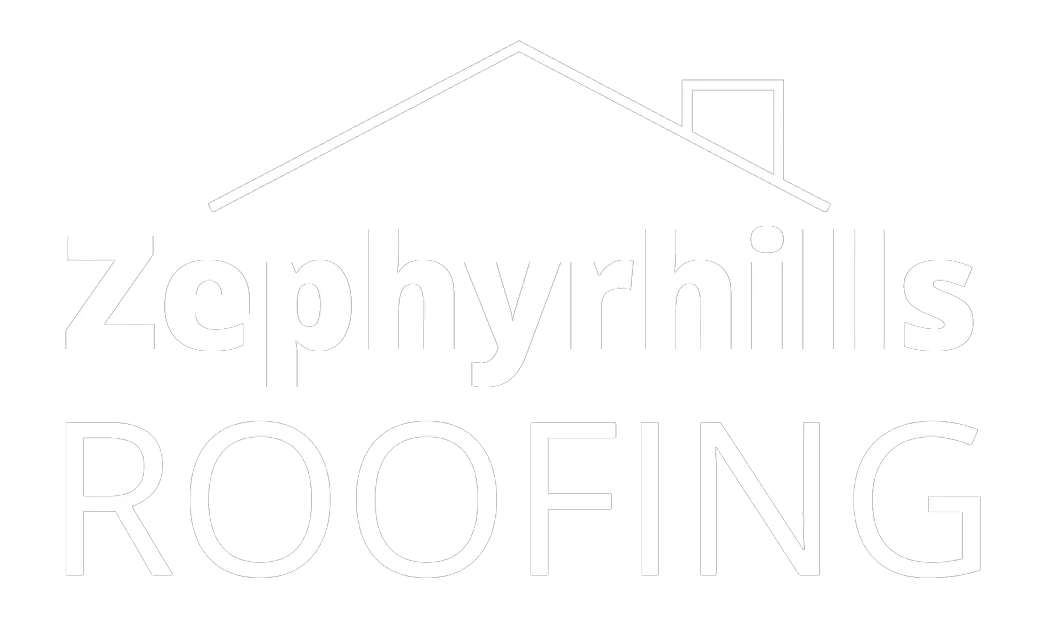ZEPHYRHILLS ROOFING BLOG
Take A Deep Dive Into Our Roofing Topics

Navigating Insurance Claims: A Step-by-Step Guide for Roof Repairs
Navigating insurance claims can feel like a daunting task, especially when it comes to roof repairs. However, we're here to provide you with a step-by-step guide that will simplify the process and help you get the coverage you deserve. From assessing the damage to working with the insurance adjuster, we'll walk you through each stage, ensuring that you have a clear understanding of what to expect. So, whether you're dealing with storm damage or wear and tear, let us be your trusted resource in successfully navigating insurance claims for roof repairs.
Assessing the Roof Damage
When assessing roof damage, it is important to thoroughly inspect the entire surface for any signs of wear or potential issues. Conducting a comprehensive roof inspection is crucial in evaluating the extent of the damage. Our team of experts will carefully examine every aspect of your roof, paying close attention to areas prone to damage such as shingles, flashing, and gutters.
During the roof inspection, we will assess the condition of the shingles. We will look for any missing, cracked, or curling shingles, as these can be indicators of potential problems. Additionally, we will check for any loose or damaged flashing around chimneys, vents, and skylights. Faulty flashing can cause water to seep into your home, leading to further damage.
Gutters also play a crucial role in protecting your roof. We will inspect them for any signs of damage or clogs. Clogged gutters can lead to water overflow, which can damage the roof and the foundation of your home.
Contacting Your Insurance Company
To begin the process, we will contact our insurance company to initiate the claim for your roof repairs. It is important to promptly notify your insurance company about any damage to your roof to ensure that you receive the necessary coverage. When contacting your insurance company, be prepared to provide them with detailed information about the damage, such as the date it occurred and the cause. This will help expedite the claims process.
When speaking with your insurance company, make sure to ask about the specifics of your insurance coverage for roof repairs. It is important to understand the limits and deductibles of your policy, as well as any exclusions that may apply. This will help you better navigate the claims process and manage your expectations regarding the claim settlement.
Once you have reported the damage and provided the necessary information, your insurance company will assign a claims adjuster to assess the damage. The adjuster will visit your property, inspect the roof, and determine the extent of the damage. They will also provide an estimate for the cost of repairs or replacement.
After the assessment, the insurance company will review the claim and determine the claim settlement amount. This may involve negotiating with the adjuster or providing additional documentation to support your claim. Once the claim is settled, you can proceed with the necessary repairs to your roof.
Documenting and Photographing the Damage
We must carefully document and photograph the damage to provide thorough evidence for our insurance claim. When it comes to roof damage documentation, taking detailed photographs is crucial. Make sure to capture the entire area affected, including close-up shots of any specific damages such as cracks, leaks, or missing shingles. Take multiple photos from different angles to ensure nothing is missed.
In addition to photographs, it is essential to keep thorough records of all relevant information. This includes writing down the date and time of the damage, as well as any weather conditions that may have contributed to it. Take note of any visible signs of wear and tear, such as curling or buckling shingles. If there were any witnesses to the damage, gather their contact information as well.
To further strengthen your insurance claim evidence, consider creating a detailed written report. Describe the extent of the damage, including any potential structural issues or safety hazards. Be as specific as possible, noting the size and location of each problem area.
Filing the Insurance Claim
As we begin the process of filing the insurance claim, we will gather all the necessary documentation and information to support our case. This includes the evidence we previously prepared, such as the photographs and videos documenting the damage to our roof. We will also collect any other relevant documentation, such as receipts for previous repairs or maintenance, as well as any estimates we obtained for the cost of repairing or replacing the roof.
Once we have gathered all the necessary evidence, we will move on to submitting the paperwork to our insurance company. This typically involves filling out a claim form provided by the insurance company, where we will provide detailed information about the damage, including the date and cause of the incident. We may also be required to provide a detailed estimate for the cost of repairs or replacement.
In addition to the claim form, we will also need to provide any supporting documentation, such as the photographs and videos we took, as well as any receipts or estimates. It is crucial to ensure that all the paperwork is filled out accurately and completely, as any missing or incorrect information could delay the claim process.
Once we have gathered all the necessary documentation and completed the claim form, we will submit everything to our insurance company as soon as possible. This will initiate the claims process and allow us to move forward with our roof repairs.
Working With the Insurance Adjuster
After submitting all the necessary documentation and completing the claim form, the next step is to engage with the insurance adjuster to assess the damage and determine the coverage for our roof repairs. Working with the insurance adjuster is a crucial part of the claims process, as they play a vital role in negotiating settlements and ensuring that we receive the appropriate coverage for our roof repairs.
When the insurance adjuster arrives at our property, they will inspect the damage to our roof and document their findings. It is essential to be present during this inspection to ensure that all areas of concern are properly assessed. During the assessment, it is helpful to ask questions and seek clarification about the claims process to ensure a clear understanding of what to expect.
Once the assessment is complete, the insurance adjuster will provide us with a detailed report outlining the damage and the coverage available. It is important to carefully review this report to ensure that all necessary repairs are included. If there are any discrepancies or disagreements regarding the coverage, we should be prepared to negotiate with the adjuster to reach a fair settlement.
Working with the insurance adjuster requires effective communication, documentation, and a thorough understanding of the claims process. By actively engaging with the adjuster and advocating for our needs, we can ensure that we receive the appropriate coverage for our roof repairs.
Conclusion
In conclusion, navigating insurance claims for roof repairs can be a complex process, but by following these step-by-step guidelines, homeowners can ensure a smoother experience. Assessing the damage, contacting the insurance company, documenting and photographing the damage, and filing the claim are crucial steps in getting the necessary coverage. Working closely with the insurance adjuster will help ensure a fair and satisfactory resolution. With the right approach, homeowners can successfully navigate the insurance claims process for roof repairs.
Connect With Us
© Copyright 2025 Zephyrhills Roofing. All Rights Reserved.
Terms & Conditions | Privacy Policy

